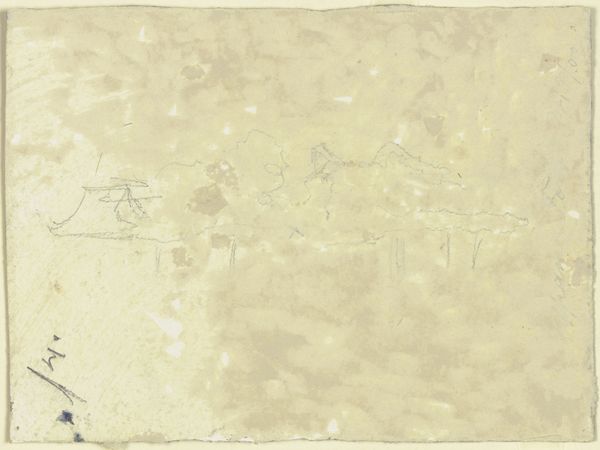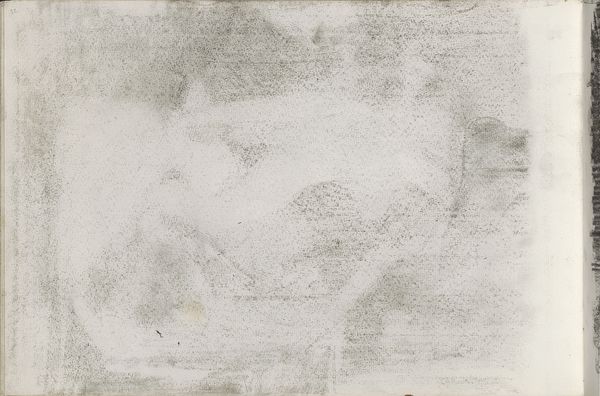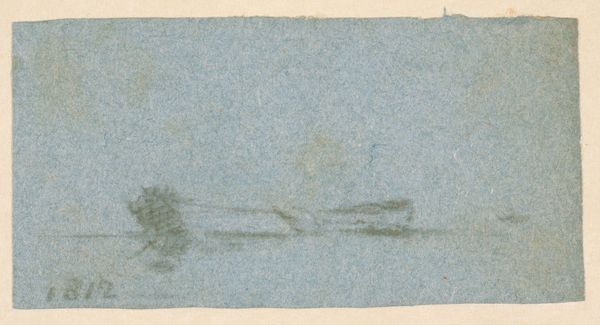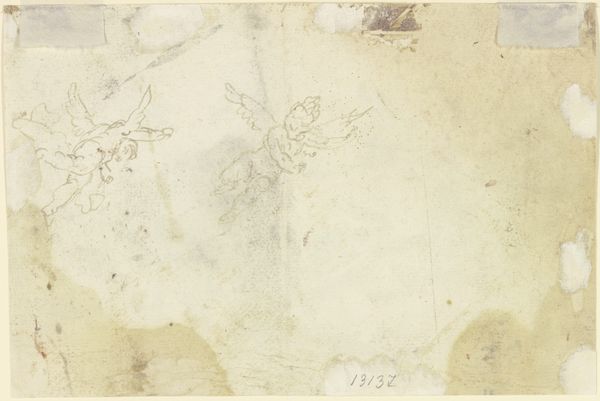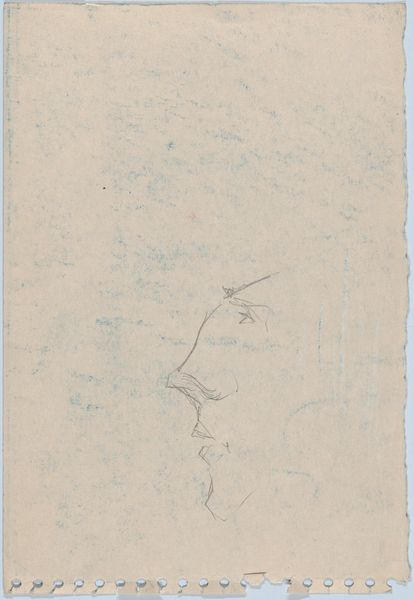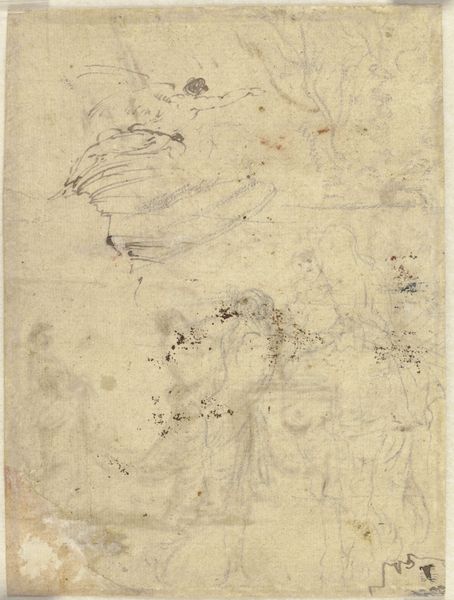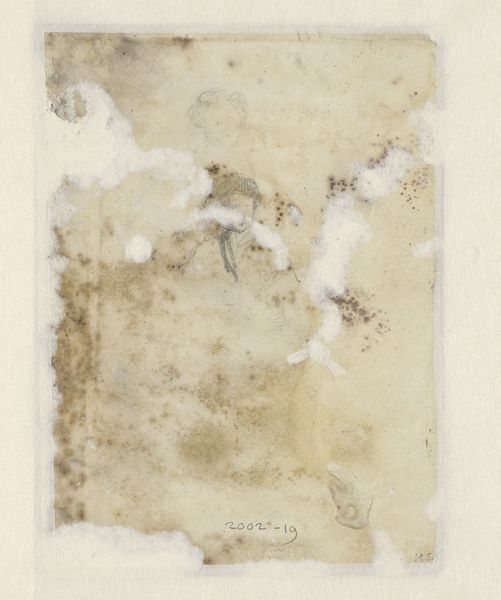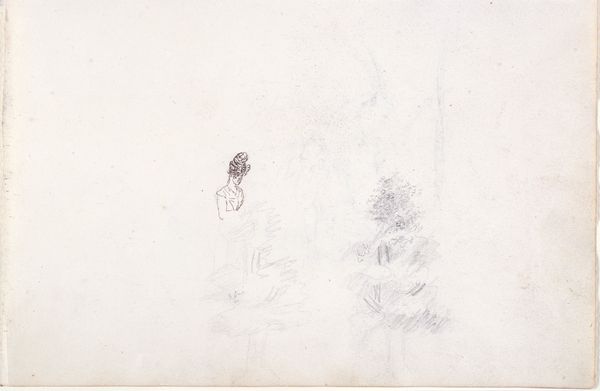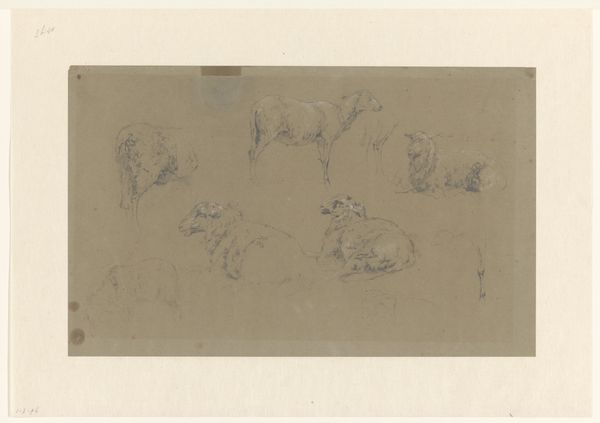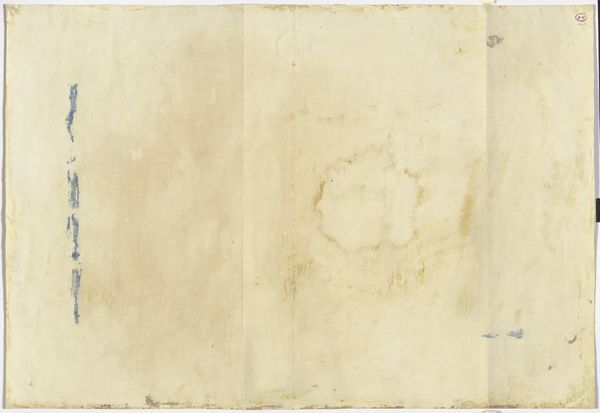
Dimensions: 217 × 247 mm
Copyright: Public Domain
Editor: Right now, we’re looking at Paul Gauguin’s “Breton Peasants,” created around 1894. It's currently at the Art Institute of Chicago. The materials listed are watercolor and ink on paper. There’s something about the delicate colors and almost unfinished quality that gives it a very dreamlike quality. What do you see in this piece, what stories does it tell you? Curator: Well, immediately, I’m struck by the fragility, the whisper of pigment on paper. It’s less about depiction and more about capturing a fleeting feeling, isn’t it? I feel as though I'm catching Gauguin's memory rather than observing a scene. Do you find yourself drawn into the soft textures? Editor: Absolutely, the softness almost makes it seem like it could vanish at any moment. Curator: Precisely! It's so subtle it might flutter away with the breeze. It really embodies his search for a more authentic and emotional connection with his subjects. It speaks of how an artist attempts to grasp essence beyond appearance, especially considering he later abandoned realism entirely, choosing symbolism. Editor: That makes a lot of sense, seeing it in that context. I hadn't considered how the very lightness of the medium contributes to the message. Curator: Think of it this way: it's as though Gauguin's not merely showing us Breton peasants but rather the *idea* of them, a sentimental ghost. Do you find you might initially see things with new eyes now, too? Editor: Definitely, I love that! I will always think about how artists try to grasp the "idea" of their subject going forward. Curator: Then our time together has been worthwhile. Art, like life, changes when we reflect our truth.
Comments
No comments
Be the first to comment and join the conversation on the ultimate creative platform.
